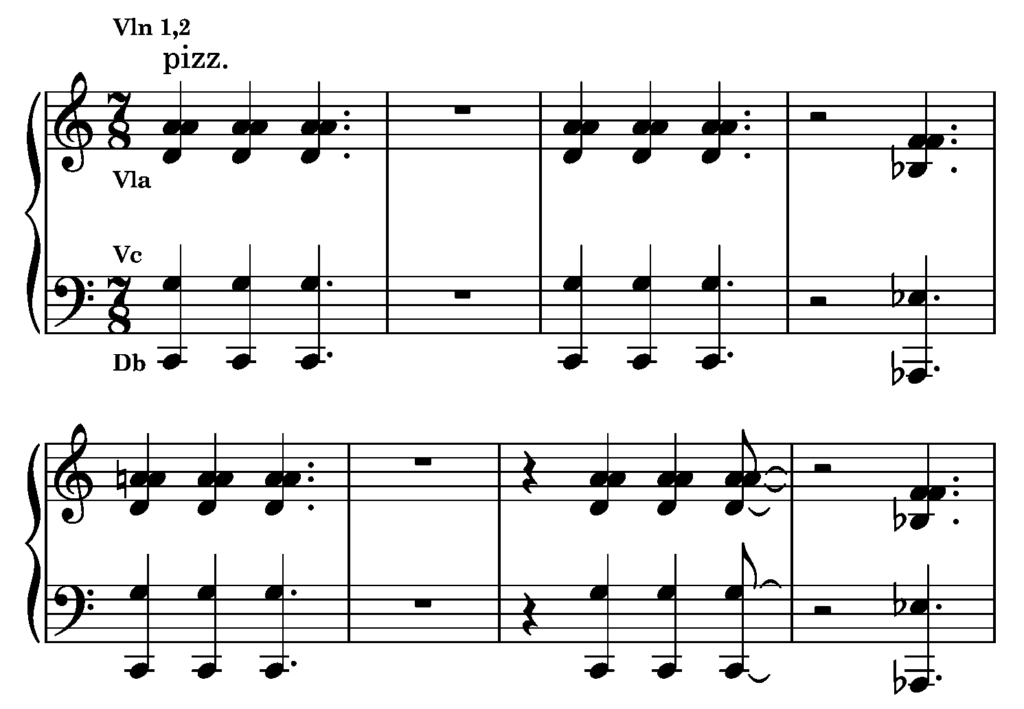I have finally gotten started properly on both of this year’s two (so far!) larger composition projects. I had hoped to get going as early as January, but I was kept busy by working on or preparing other jobs.
The two projects in question are the short opera for the Royal Swedish Opera, premiering Spring 2025, and the concert piece for the Octava Chamber Orchestra, which they will premiere this June. I have been sketching and coming up with ideas for the past couple of months, but the past couple of weeks were really the first times that I managed to sit down and do more substantial work on both.
Thus far, I have made the most progress on the concert piece. I tried going down several different paths with it, but ended up revisiting a short thing I wrote eight years ago, back when I still lived in Härnösand. Even back then, I remember thinking that it had more potential than I was able to realise then. Now, I think the time has come.
Back when I studied under Peter Lyne in Härnösand, I had regular opportunities to compose pieces for the Nordic Chamber Ensemble. One time, I wanted to write two shorter pieces for the five strings plus piano, and the five winds, respectively instead of one longer piece for all eleven players. The strings-and-piano piece is the one I am revisiting now, expanding it greatly both in terms of instrumentation, duration, and musical breadth.

The old piece was rather a simple, two-idea-piece that never really went anywhere. The two ideas were good, but I fell into my usual trap of not developing them. In my defence, I had a strict duration limit, but still. I need to stay within a duration of 6–10 minutes with the new piece, but there are still plenty of things one can do within even a fairly limited amount of time.

Reusing or reinterpreting old material, even entire pieces of music, is a time-honoured tradition among Western composers, albeit perhaps stymied by the art music of the 20th century.
I have plenty of older pieces that I have considered going back to over the years. At the same time, there is a strong case to be made for looking forward and not back, to improve not by going back to old diamonds-in-the-rough but rather by cutting brand-new gems altogether. However, I think there can be edge cases, where you have ideas that are simply too good to waste, and I believe that this is one of them.
I still remember some of the things I never got around to doing back in 2016, with the old piece, such as taking the one melody and really developing it in fun and creative counterpoint. I was also never really satisfied with the structure of the piece; I spent a reasonable amount of time building up to the main section of the old piece, but then never gave the listener a proportional payoff for that build-up. Just when the piece got into a nice groove, I took it back down again and wrapped it up in what amounted to a kind of unsatisfactory way. Fortunately, I have since learned that lesson, at least.
After last week’s fairly in-depth walkthrough of ”Skule Overture”, I’m keeping this post relatively light and brief. Let me know if you would like me to write more analyses in the same style as the one from last week. For this new piece, it might also be interesting for a future post to compare the old piece and the new and reflect on how I have now realised the ambitions I had back then. If that sounds interesting to you, tell me and it might happen!

One comment
Comments are closed.